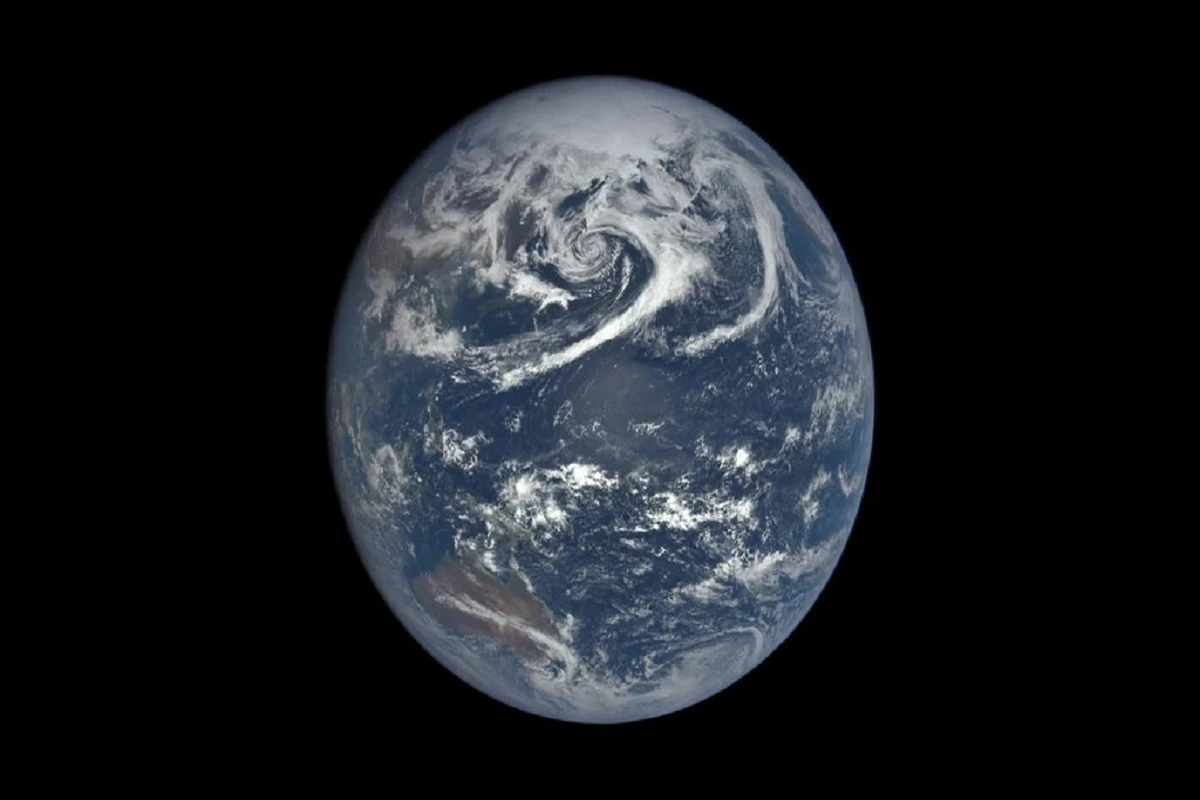
Groundwater pumping tilting Earth's spin, may impact climate: Study
Groundwater pumping has shifted such a large mass of water that the Earth tilted nearly 80 centimeters east between 1993 and 2010 alone, which could impact our planet’s climate, according to a study.
The research, published in the journal Geophysical Research Letters, found that during the study period, most water was redistributed in western North America and northwestern India. Scientists have previously estimated humans pumped 2,150 gigatons of groundwater, equivalent to more than 6 millimeters of sea level rise, from 1993 to 2010.
However, validating that estimate is difficult. “Earth’s rotational pole actually changes a lot,” said Ki-Weon Seo, a geophysicist at Seoul National University in South Korea, who led the study. “Our study shows that among climate-related causes, the redistribution of groundwater actually has the largest impact on the drift of the rotational pole,” Seo said.
The researchers noted that water’s ability to change the Earth’s rotation was discovered in 2016, and until now, the specific contribution of groundwater to these rotational changes was unexplored.
Also Read: Study: Effects Of Early Childhood Adversity Seen In Their Adolescent Bodies
The latest study modeled the observed changes in the drift of Earth’s rotational pole and the movement of water—first, with only ice sheets and glaciers considered, and then adding in different scenarios of groundwater redistribution.
The model only matched the observed polar drift once the researchers included 2150 gigatons of groundwater redistribution. Without it, the model was off by 78.5 centimeters or 4.3 centimeters of drift per year.
The researchers said attempts by countries to slow groundwater depletion rates, especially in those sensitive regions, could theoretically alter the change in drift, but only if such conservation approaches are sustained for decades. The rotational pole normally changes by several meters within about a year, so changes due to groundwater pumping do not run the risk of shifting seasons.
However, on geological time scales, polar drift can have an impact on climate, they said. “This is a nice contribution and important documentation for sure,” said Surendra Adhikari, a research scientist at NASA’s Jet Propulsion Laboratory, US, who was not involved in this study.
Adhikari published a 2016 paper on water redistribution impacting rotational drift. “They have quantified the role of groundwater pumping on polar motion, and it’s pretty significant,” Adhikari said in a statement.
Source PTI
To read more such news, download Bharat Express news apps


















